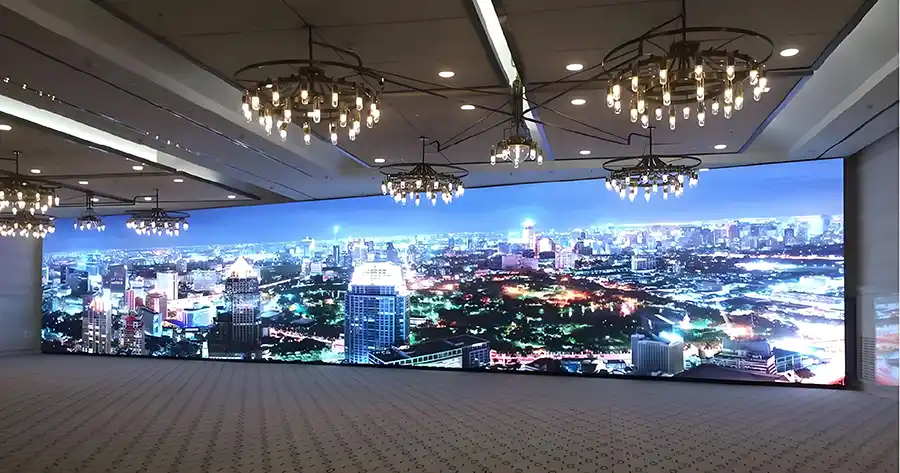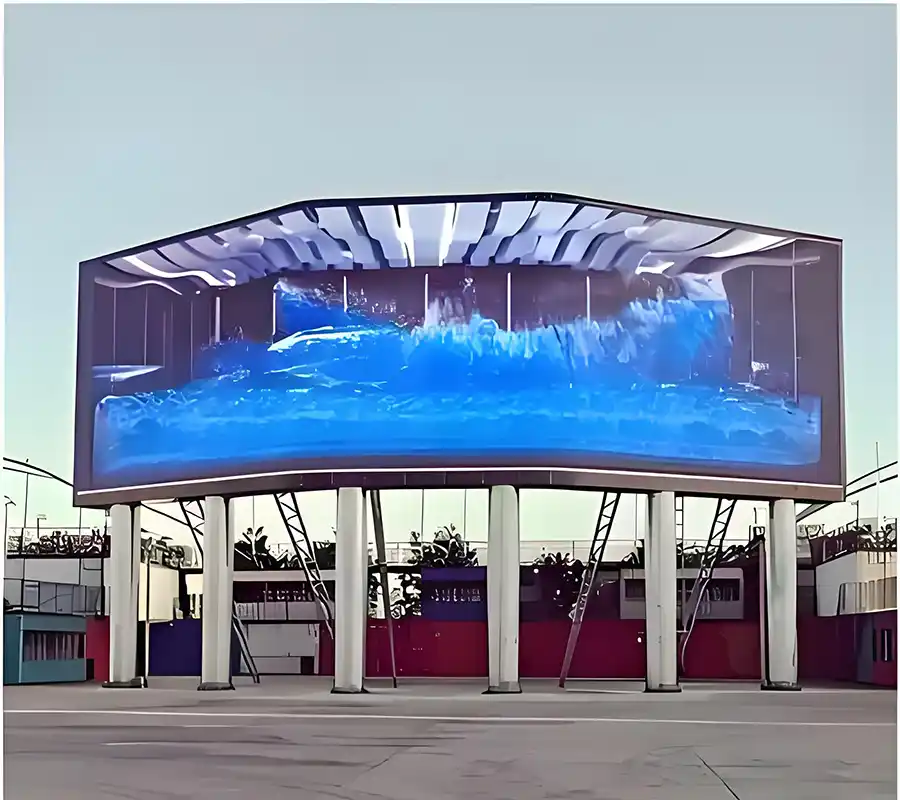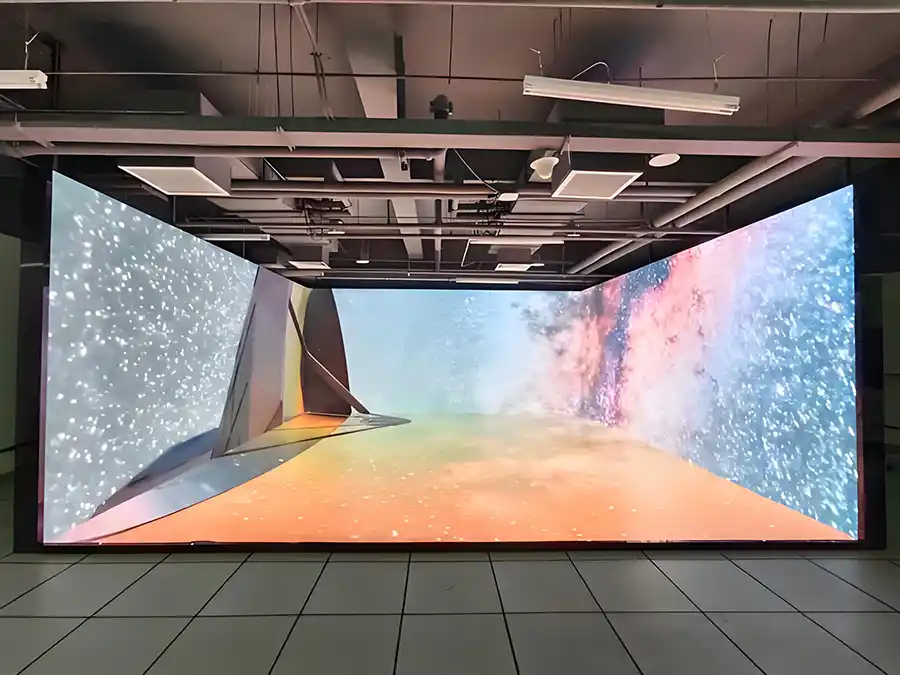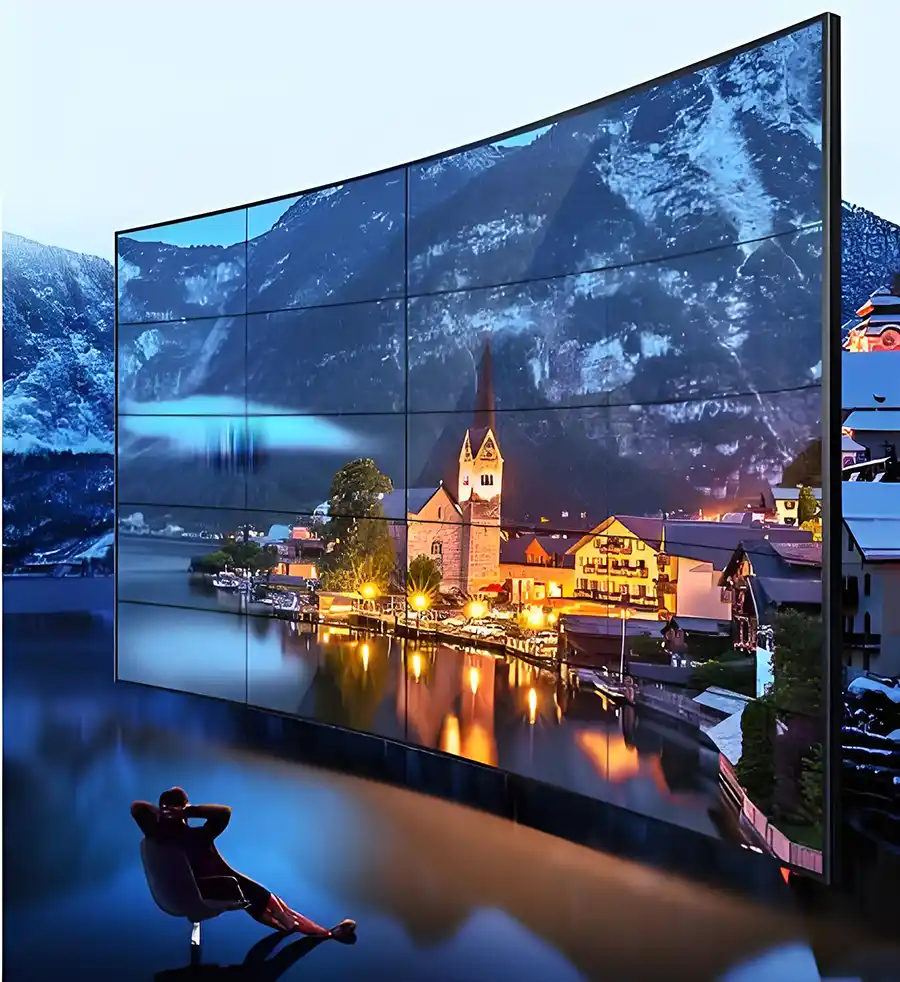In the ever-evolving world of filmmaking and content creation, virtual production has become a revolutionary game-changer. From Hollywood blockbusters to commercial advertising, music videos, and even corporate presentations, virtual production techniques are transforming the way stories are told. At the heart of this innovation lies one powerful piece of technology: the LED stěna.
Whether you're a director, cinematographer, studio owner, or content creator, chances are you're either already exploring virtual production or considering it seriously. But one of the first and most pressing questions that comes up is: what is the virtual production LED wall price? And more importantly, what factors affect it?
Understanding the price of a virtual production LED wall is not just about comparing numbers on a spec sheet. It’s about evaluating performance, long-term value, customization, and compatibility with your creative vision. This article breaks down everything you need to know before you make the investment.

Before diving into the price breakdown, it’s helpful to understand what a virtual production LED wall actually is. In simple terms, it’s a high-resolution, modular screen system made up of LED panels, used to display real-time 3D environments powered by game engines like Unreal Engine.
These walls act as dynamic, immersive backdrops that replace traditional green screens. Unlike static backdrops, LED walls respond to camera movement with proper parallax and lighting, thanks to real-time rendering and motion tracking. This allows actors and crew to interact with digital environments on set in real time, reducing post-production costs and improving realism.
The LED wall itself is only one part of the system. The total cost of a virtual production setup depends on several other elements, including:
LED panels (the wall itself)
Graphics workstation(s) with GPU-heavy capabilities
Camera tracking systems
Synchronizace hardwaru a serverů
Osvětlovací systémy
Licence na Unreal Engine nebo podobný software
Instalace a montáž
Chlazení a energetická infrastruktura
Protože LED stěna je nejviditelnější a ústřední součástí této sestavy, tvoří její náklady významnou část rozpočtu – ale pokud stavíte od nuly, je důležité si do rozpočtu zahrnout celý systém.

Pojďme se podívat na čísla.cena virtuální produkční LED stěnymůže se pohybovat od150 000 až více než 2 miliony dolarů, v závislosti na měřítku, rozlišení, značce a konfiguraci.
Zde je hrubý rozpis:
Měřítko | Příklad velikosti | Odhadované cenové rozpětí |
Základní úroveň | 6m x 3m | $150,000 – $250,000 |
Střední úroveň | 12m x 4m | $400,000 – $800,000 |
High-End (plná hlasitost) | 20 m x 6 m+ (zakřivené) | 1,2 milionu dolarů – 2,5 milionu dolarů a více |
Ceny se značně liší, protože existuje mnoho možných úprav – od rozteče pixelů po obnovovací frekvenci, od plochých po zakřivené obrazovky a od pevných po modulární mobilní stěny.
1. Rozteč pixelů
Toto je jedna z nejdůležitějších specifikací. Rozteč pixelů se vztahuje k vzdálenosti mezi jednotlivými pixely na LED panelu. Čím menší je rozteč pixelů, tím vyšší je rozlišení – a tím vyšší je cena.
1,2 mm až 2,6 mmse obvykle používá pro filmovou produkci.
Nižší rozteč pixelů = ostřejší obraz = vyšší cena.
Například LED stěna s roztečí 1,5 mm bude stát výrazně více než stěna stejné velikosti s roztečí 2,6 mm.
2. Kvalita a značka panelu
Špičkoví výrobci jako ROE Visual, INFiLED, Unilumin a Absen nabízejí LED panely filmové kvality s vysokou přesností barev, obnovovací frekvencí nad 3840 Hz a vynikajícím kontrastním poměrem. Tyto prémiové panely jsou sice cenově dostupnější, ale poskytují bezkonkurenční vizuální kvalitu.
3. Obnovovací frekvence a bitová hloubka
Plynulé vykreslování pohybu a přesná reprodukce barev jsou pro virtuální produkci nezbytné. Vyšší obnovovací frekvence snižují blikání a zlepšují synchronizaci kamery. Panely s vyšší bitovou hloubkou (například 16bitové nebo 22bitové) rovněž poskytují větší přesnost barev.
Panely s vyšší obnovovací frekvencí jsou dražší, ale jsou nezbytné pro filmové natáčení.
4. Křivkové vs. ploché stěny
Zakřivené stěny jsou upřednostňovány v mnoha plnoobjemových produkcích, protože umožňují imerzivnější prostředí a lepší světelné vlastnosti. Zakřivené panely a konstrukční výztuhy potřebné k jejich podepření však zvyšují cenu.
5. Konstrukční podpora a lanoví
Budete potřebovat silný a stabilní podpůrný systém, který je bezpečný pro štáb i herce. To zahrnuje příhradové nosníky, úchyty, lanoví a někdy i motorizované nebo mobilní sestavy. Lanování pro velkou zakřivenou stěnu může stát desítky tisíc dolarů.
6. Instalace a kalibrace
Profesionální instalace je klíčová. Kalibrace zajišťuje konzistenci barev a jasu na všech panelech. Nejedná se o práci svépomocí a služba může stát od 10 000 do 50 000 dolarů v závislosti na složitosti.
7. Záruka a servis
Prémiové LED stěny se dodávají s dlouhodobou zárukou a podporou na místě. I když to zvyšuje počáteční náklady, z dlouhodobého hlediska vám to může ušetřit prostoje a náklady na opravy.

Na první pohled se může produkce pomocí zeleného plátna zdát levnější. A zpočátku to tak i je. Virtuální produkce s LED stěnami však nabízí dlouhodobé úspory nákladů a kreativní flexibilitu.
Funkce | Zelená obrazovka | LED nástěnná |
Vizualizace v reálném čase | ❌ | ✅ |
Náklady na vizuální efekty v postprodukci | Vysoký | Spodní |
Přesnost osvětlení na place | Chudý | Vynikající |
Ponoření se do herectví | Nízký | Vysoký |
Cestování na místa | Často vyžadováno | Obvykle zbytečné |
Počáteční investice | Nízký | Vysoký |
V mnoha případech produkční týmy zjistí, že se investice do LED stěn vyplatí již po několika projektech díky úsporám na cestování, stavbě kulis a hodinách vizuálních efektů.
Pronájem vs. koupě: Co dává větší smysl?
Ne každé studio nebo filmař si musí kupovat kompletní LED nástěnnou sestavu. Pro menší studia, agentury nebo nezávislé filmaře může být pronájem chytrým způsobem, jak získat přístup k špičkové technologii bez nutnosti plnohodnotné kapitálové investice.
Cena pronájmu:Kvalitní LED nástěnné pódium si můžete pronajmout za5 000–25 000 a více dolarů za den, v závislosti na velikosti a službách.
Náklady na vlastnictví:Koupě má větší smysl, pokud ji plánujete používat pravidelně nebo ji nabízet jako službu ostatním.
Některá studia volí hybridní model: vlastní menší LED stěnu pro časté používání a pronajímají větší sestavy pro velké produkce.

1. Disneyho Mandalorian
Snad nejznámějším případem použití,Mandalorianpoužila 270stupňovou zakřivenou stěnu s LED diodami, známou jako „The Volume“, kterou postavila společnost ILM. Investice byla obrovská, ale umožnila natáčet cizí planety bez opuštění studia, což ušetřilo miliony na nákladech na lokace a nastolilo nový standard v oboru.
2. Fázy XR v Asii
Studia v Číně, Jižní Koreji a Spojených arabských emirátech nyní rychle zavádějí virtuální produkční pódia. Mnoho z těchto zařízení má LED stěny postavené čínskými výrobci jako YES TECH a Leyard, jejichž panely jsou cenově konkurenceschopné, aniž by to ohrozilo filmový výkon.
Nákup z Číny může také vést k významným úsporám – častoo 20 %–40 % nižší—s hromadnými objednávkami a možnostmi místní montáže.
3. Obchodní agentury a akce
Nejde jen o Hollywood. Reklamní agentury a producenti živých akcí se obracejí na produkci LED stěn pro televizní reklamy, koncerty a uvedení produktů na trh. Tato zařízení bývají menší, ale vysoce mobilní a modulární.
Nepřehánějte to s roztečí pixelů.Přizpůsobte rozlišení fotoaparátu a vzdálenosti snímání.
Investujte do školení.Najměte si nebo zaškolte operátory obeznámené s Unreal Engine a sledováním kamer.
Faktor elektřiny a chlazení.Vysoce výkonné LED stěny generují teplo a vyžadují spolehlivou infrastrukturu.
Modulární sestavy umožňují škálování.Začněte v malém a poté přidávejte další panely, jak vaše výrobní potřeby porostou.
Pokud to s tvorbou obsahu na profesionální úrovni myslíte vážně,cena virtuální produkce LED stěnyje spíše investicí než výdajem. Umožňuje režisérům natáčet v jakémkoli světě, za jakýchkoli světelných podmínek, aniž by museli opustit studio. Snižuje potřebu složitých postprodukčních postupů a zapojuje celý tvůrčí tým – herce, režiséry i kameramany – do procesu v reálném čase.
Ano, je to velký počáteční náklad. Ale stejně tak filmové kamery, drony nebo digitální střihací programy, když se poprvé objevily. Nyní jsou to nezbytné nástroje. Totéž se děje s LED stěnami.
Virtuální produkce není budoucnost. Je to přítomnost – a nově definuje ekonomiku a kreativitu vizuálního vyprávění příběhů.
Pokud byste potřebovali pomoc s porovnáním konkrétních modelů nebo s nalezením řešení LED nástěnných osvětlení od spolehlivých dodavatelů – zejména těch, kteří nabízejí lepší ceny z výrobních center, jako je Čína – mnoho konzultačních firem a AV integrátorů se nyní specializuje na vytváření virtuálních výrobních pódií na míru. Správný partner vám může pomoci optimalizovat jak výkon, tak cenu.
Horká doporučení
Horké produkty
Získejte okamžitě nezávaznou cenovou nabídku!
Promluvte si s naším prodejním týmem.
Máte-li zájem o naše produkty, kontaktujte nás prosím neprodleně
Obraťte se na náš prodejní tým, abyste prozkoumali přizpůsobená řešení, která dokonale splňují vaše obchodní potřeby, a odpovězte na vaše případné dotazy.
E-mailová adresa:info@reissopto.comAdresa továrny:Budova 6, Huike Flat Panel Display Industrial Park, č. 1, Gongye 2nd Road, Shiyan Shilong Community, Bao'an District, Shenzhen city, Čína
Whatsapp:+86177 4857 4559